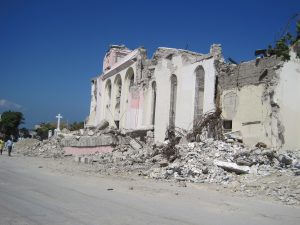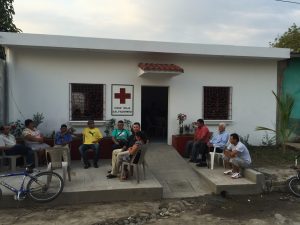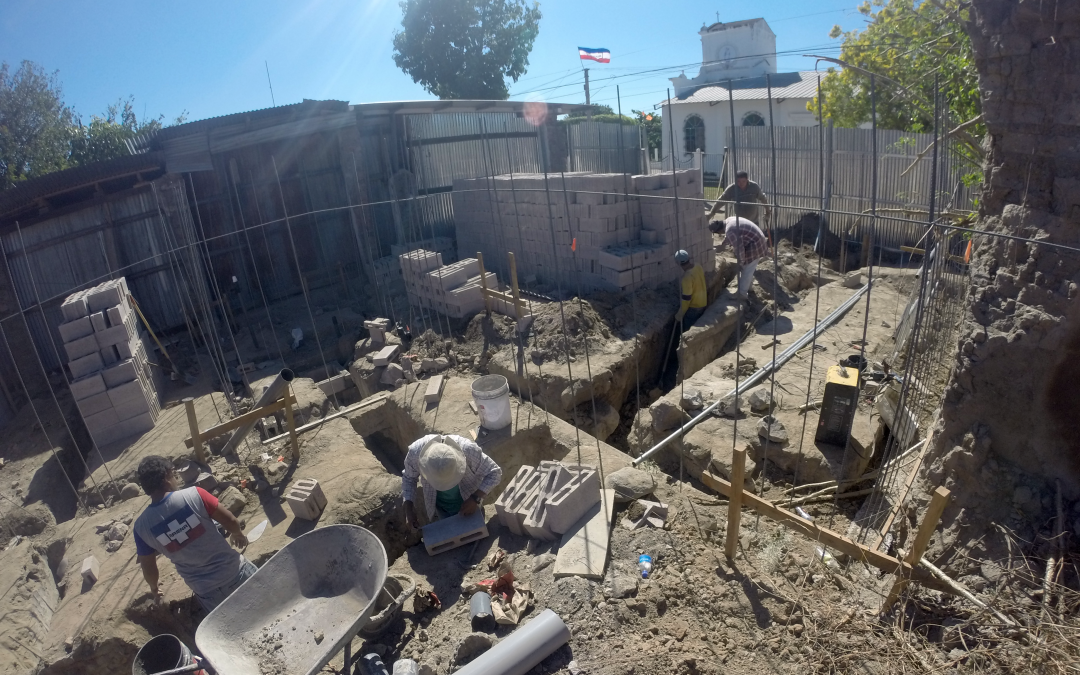If you have watched the news over the last few months, chances are you have seen devastating images from multiple areas affected by natural disasters, from hurricanes to earthquakes and floods. In the past, engineers from our team have witnessed the destruction firsthand. Brian Koerner, Owner and Director of Business Development in Harrisonburg, has been part of a relief team in Haiti and Puerto Rico with Building Goodness Foundation. Tom McLaughlin, Director of Structural Engineering in Charlottesville, is a member of FEMA and is dispatched to disaster zones to provide aid in the immediate aftermath. He has gone to Katmandu, Nepal; Guayaquil, Manta, and Padernales, Ecuador; Florida; Georgia; and South Carolina.
As structural engineers, they play an important role on the team. Their primary role is to devise the safest access to collapsed structures to rescue deeply entombed live victims. This can involve shoring, monitoring, or adjusting the team’s approach to enter structures in the least dangerous way.
“There really is no safe way,” said Tom. “The buildings are in an active state of collapse and there are generally many aftershocks. We say the building is ‘at rest’ and try to figure out why it’s currently at rest, and then hopefully not disturb the ‘why’ as we get to work rescuing victims.”

Other members of the team include emergency medical technicians to treat minor injuries, doctors to care for the team members and conduct field amputations as needed for the extraction of victims, dog handlers to find victims, logistics personnel to manage the operation, and technical search technicians to pinpoint victims that dogs have detected.
Once they have identified and rescued as many victims as possible, structural engineers turn their focus to restoration. Their secondary role is to assess damage and recommend what structures can be reoccupied immediately, reoccupied with some supplement shoring or repairs, and what structures or parts of structures should be avoided.
To complete their rescue efforts and assessment, the team typically stays for about a week depending on the scope of the damage. Usually, there are pockets of complete destruction and other areas that are entirely unaffected.
Because natural disasters can strike whenever and wherever, Tom’s team completes full-scale team drills twice annually to stay prepared at all times.
“Beyond the drills, the training for engineers in these situations comes from the collective experience in our everyday jobs,” Tom said. “Our team only takes engineers who work extensively in building restoration and forensic work.”
With the combined skills of highly trained professionals, the team is able to make progress in a short amount of time while in these areas. It can take months or even years for an area to become fully functioning again, but the initial aid is crucial in saving victims and evaluating which structures can be restored.

“It all comes down to community,” said Tom. “That can be right here in Virginia or in another country like Nepal. It’s about living according to our values, and I feel fortunate to have the opportunity to do so when I serve in times of need.”
The news often focuses on destruction, but structural engineers focus on what can be saved. Whether in the day-to-day role at the office or in rescue mode in disaster zones, our team of engineers is driven to use their skills to serve our community and make a positive difference.

